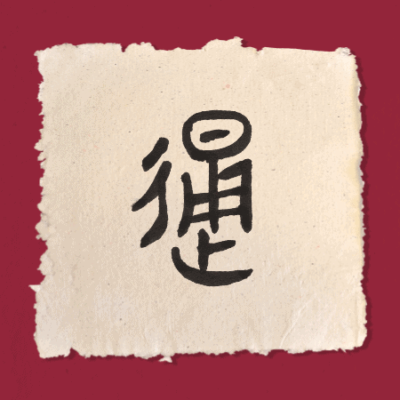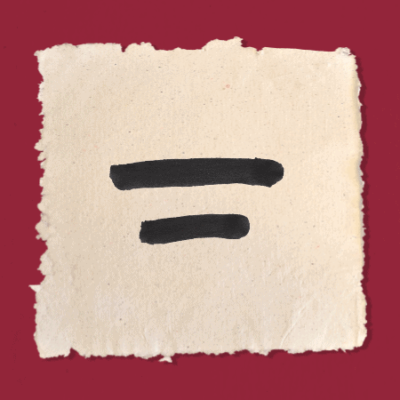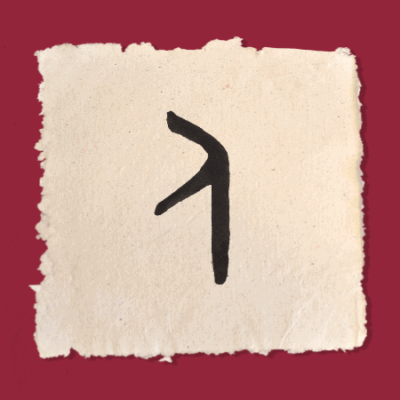What is the difference between Tai Chi and Qigong?
Qigong epitomizes traditional Chinese wisdom culture. Strictly speaking, Tai Chi can be classified as a type of Qigong. What is the difference between Tai Chi and Qigong? We could say that Qigong is the parent, and Tai Chi is one of the children. Traditionally, Tai Chi’s primary focus was martial arts.
What is Tai Chi?
Tai Chi is originally a type of martial arts. It is rooted in Tao and Qi, both prominent elements in traditional Chinese culture. In the early days it had various names, including ‘Long Fist Form’, ‘Soft Fist Form’, ‘Thirteen Movement Form’, ‘Soft Hands’. In the Qianlong era of the Qing Dynasty (1736-1795 AD), Wang Zongyue, a martial artist from Shanxi, coined the name ‘Tai Chi Fist’ in his book ‘On Tai Chi Fist’. The term “Tai Chi” comes from the book I Ching, meaning the state of oneness and unification of Ying and Yang. All the changes in the universe take place as a result of the interplay of Yin and Yang forces. Tai Chi was named such in order to symbolize its essence: taking control of all changes in the most natural way within every activity of the mind and every movement of the body. The practice aims to achieve the balance and unification of Yin and Yang.
There are various ideas about when Tai Chi was created, ranging from the 7th to the 17th century. It is likely that Tai Chi was not created by a specific person; rather, Tai Chi as we know it today is the outcome of continuous modification and development by many martial artists over the centuries. Modern Tai Chi has come from two main lineages. One is the Wudang martial arts lineage. The other is the Chen family (Chen style), from which came the Yang style, Wu (武) style, Wu (吴) style, and Sun style. Nowadays many new styles have been created and widely practiced.
Although every style has its own unique way to practice Tai Chi, as shown in form, sequence, Push Hand style, and use of internal strength, they all have the effect of unblocking Qi channels, regulating Qi and blood, nourishing organs, and strengthening the body. These make Tai Chi an excellent practice for health maintenance and illness prevention. As a type of martial arts, it can also be used for self-defense.
What does Tai Chi look like?
Tai Chi movements are characterized by circular motion and rotation of the pelvis. The breath is coordinated with the physical movements in a state of deep relaxation, rather than muscular tension. Practices involve a fixed sequence of movements that emphasize a straight spine, abdominal breathing and a natural range of motion. Embodying the philosophy of unifying Yin and Yang, Tai Chi practice demonstrates slow and soft movements propelled by internal strength.
What is Qigong?
"Qigong" is composed of two Chinese characters “Qi” and “Gong.” "Qi" refers to the energy that motivates human life activities, and "Gong" refers to the regulation of Qi through practice.
Qigong is a mind-body training skill that can regulate body, breath and mind to prevent and treat diseases. Qigong regulates the body through an adjustment of body movement and posture. Qigong's body regulation is aimed at relaxation, so the movements are typically gentle and smooth. Regulation of breath involves changes in respiratory movement, rhythm, and pattern. Breath in Qigong needs to be slow, long, and deep.
Qigong originated in the primeval time of China as a means of self-healing and self-care. According to the first historical record in China “Shang Shu,” 4,000 years ago, ancient Chinese people found that stretching and dancing could release pain. This is the rudiment of Qigong. However, many people believe the real origin could be much earlier. Almost all religions and philosophical schools, such as Taoism, Buddhism, TCM, and martial arts, have elements of Qigong practice methods, with different applications. In the 1950s, experts and scholars reached a consensus and coined this methodology "Qigong", and the first Qigong institute was established in China in 1954.
Read more about Qigong here.
Yuan Tze, Tai Chi and Yuan Qigong
Yuan Tze, creator of Yuan Qigong and world-renowned teacher, spent his early years in his native China. He had a profound desire to understand suffering and pursued a wide variety of studies in good depth including: Tai Chi, Qigong, Daoism, Buddhism, Confucianism, TCM and some folk arts and medicine.
When Yuan Tze arrived in New Zealand, he began teaching both Tai Chi and Qigong. He soon realized that there was not a safe, effective and comprehensive life cultivation system that rested on a solid theoretical foundation and was also suitable for modern lifestyles. For that reason, he created the Ren Xue system with its two subsystems: Yuan Gong and Yuan Ming.
The Ren Xue system includes three foundational theories that underpin nine Yuan Qigong methods. The nine methods support one another and inform one another. The first six methods focus on the body and Qi and the final three methods focus on the mind and heart. The ultimate goal of Yuan Qigong is the attainment of higher realization and wisdom.
With special thanks to Yuan Tze and Melissa Liu for their contribution to this article.


